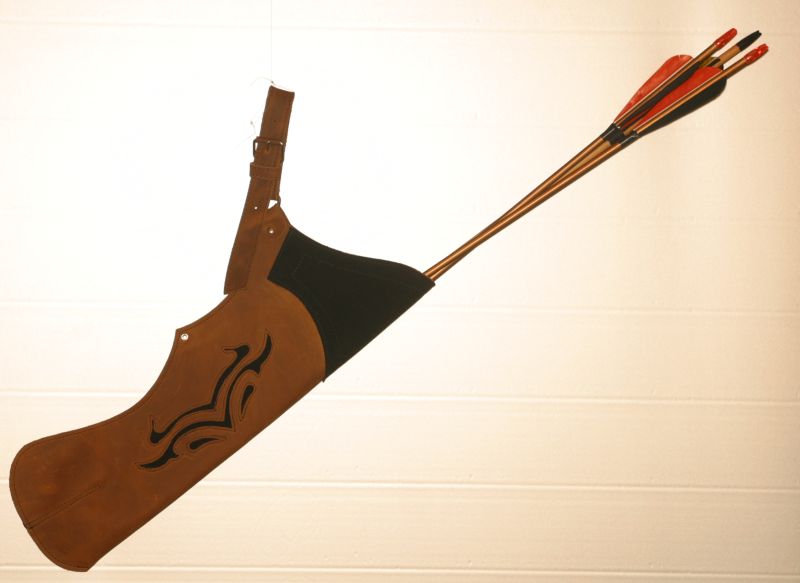


Each child of a person with essential tremor has a 50% chance of inheriting the disorder themselves. There is no known cause, but a genetic link is strongly suspected.

Some estimates suggest that around 1 in 5 people over the age of 65 years is affected. Cause of essential tremorĮssential tremor is the most common type of tremor, and affects more people than Parkinson’s disease. Parkinson’s disease is caused by a lack of supply of the brain chemical dopamine, which is necessary for smooth and controlled muscular movement. involuntary tremor when you are not moving.The symptoms of Parkinson’s disease include: other body parts may become affected over time, including the arms and eyelids (the legs are rarely affected).Įssential tremor is not Parkinson’s diseaseĮssential tremor and Parkinson’s disease are different conditions.Įssential tremor is characterised by shaking when movement starts, which can continue or worsen during movement.hands, head and voice are most commonly affected.tremor that stops when the person is asleep.tremor that eases when the body part is at rest.tremor that is exacerbated by activity or movement.shaky, quivering voice, if the larynx (voice box) is affected.affects the voluntary muscles (the muscles that you can consciously move).The symptoms of essential tremor include: Essential tremor and Parkinson’s disease are different disorders. Older people are most susceptible, but anyone of any age can develop essential tremor – a person can even be born with it. The cause is unknown and there is no cure, although medication and surgery may help. Generally speaking, essential tremor gradually gets worse over time and with advancing age. For some people, the condition worsens if they hold their bodies in certain positions (postural or intention tremor). The tremors typically worsen when the hands are being used (kinetic or intention tremor), and reduce significantly or stop altogether when the hands are resting. Sometimes the voice is affected, making it sound shaky. Essential tremor is a neurological ( nervous system) disorder which causes involuntary shaking or trembling of particular parts of the body, usually the head and hands.


 0 kommentar(er)
0 kommentar(er)
